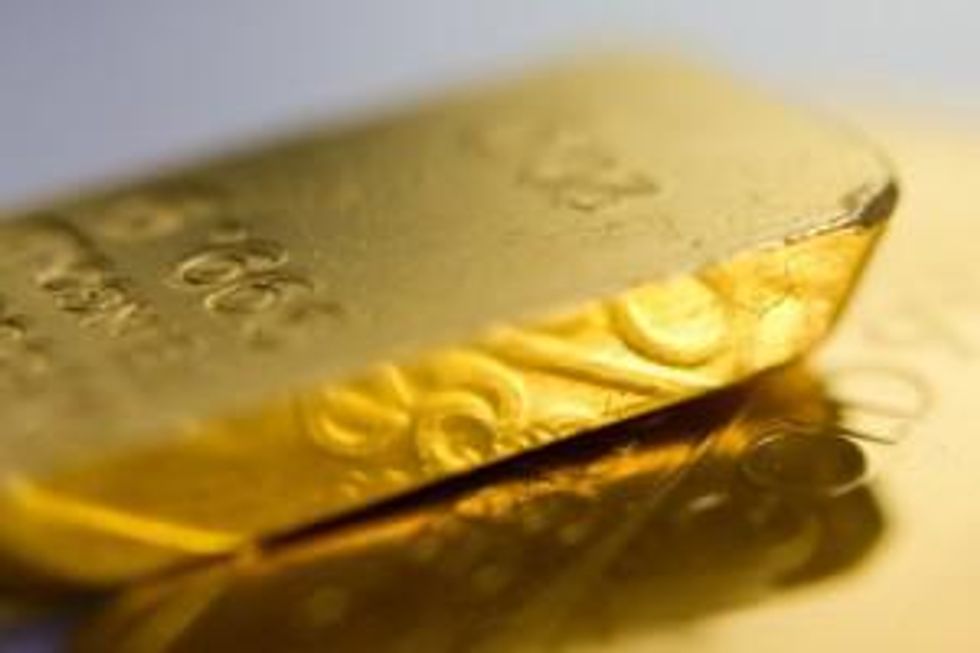- AustraliaNorth AmericaWorld
Investing News NetworkYour trusted source for investing success
- Lithium Outlook
- Oil and Gas Outlook
- Gold Outlook Report
- Uranium Outlook
- Rare Earths Outlook
- All Outlook Reports
- Top Generative AI Stocks
- Top EV Stocks
- Biggest AI Companies
- Biggest Blockchain Stocks
- Biggest Cryptocurrency-mining Stocks
- Biggest Cybersecurity Companies
- Biggest Robotics Companies
- Biggest Social Media Companies
- Biggest Technology ETFs
- Artificial Intellgience ETFs
- Robotics ETFs
- Canadian Cryptocurrency ETFs
- Artificial Intelligence Outlook
- EV Outlook
- Cleantech Outlook
- Crypto Outlook
- Tech Outlook
- All Market Outlook Reports
- Cannabis Weekly Round-Up
- Top Alzheimer's Treatment Stocks
- Top Biotech Stocks
- Top Plant-based Food Stocks
- Biggest Cannabis Stocks
- Biggest Pharma Stocks
- Longevity Stocks to Watch
- Psychedelics Stocks to Watch
- Top Cobalt Stocks
- Small Biotech ETFs to Watch
- Top Life Science ETFs
- Biggest Pharmaceutical ETFs
- Life Science Outlook
- Biotech Outlook
- Cannabis Outlook
- Pharma Outlook
- Psychedelics Outlook
- All Market Outlook Reports
On Tuesday, Orezone Gold reached a milestone with the completion of a feasibility study for its Bomboré gold project in Burkina Faso. According to Tuesday’s release from Orezone, Bomboré would require initial capital costs of $250 million including $10.5 million of capital credit for an after-tax NPV of $196 million at a 5 percent discount. Investors would see an after tax IRR of 24.4 percent with a payback period of 2.7 years.
According to Tuesday’s release from Orezone, Bomboré would require initial capital costs of $250 million including $10.5 million of capital credit for an after-tax NPV of $196 million. Investors would see an after tax IRR of 24.4 percent with a payback period of 2.7 years.
Orezone saw its share price rise about 7 percent on the TSX and the OTCQX following the news, with prices closing at $0.46 and $0.369 on each exchange respectively. Trading volumes were over 47 times the daily average for the company on the OTCQX.
An average gold price of US$1,100 per ounce was used to calculate mineral reserves for the project, while an average price of US$1,250 per ounce was used to calculate revenues. Proven and probable reserves currently stand at 55.92 million tonnes at 0.76 grams per tonne of gold, or 1.465 million ounces, according to a March 20 2015 estimate from RPA.
Orezone currently owns 100 percent of the Bomboré gold project, but the government of Burkina Faso also has a 10 percent free-carried interest in the project and a 4 percent NSR. The government also benefits from corporate taxes of 18.3 percent and withholding taxes. Accordingly, Orezone noted that Bomboré also features a $152.7 million NPV that is attributable to the government.
The project will be developed as an open-pit mining operation with an 11 year mine life. The processing circuit at the mine will combine heap leaching and carbon-in-leach (CIL), without any grinding to process softer ores. As Orezone CEO Ron Little noted, that contributes to favorable economics at the project since processing those shallow, softer oxidized ores requires lower operating costs.
Overall, the mine plan has been designed to deliver ore grades of 0.88 grams per tonne of gold with a strip ratio of 1:1 during the first eight years of production, with lower-grade stockpiles to be processed during the last 3 years of operations.
“The results of the Study are compelling and the project benefits from size, location, low reagent consumption, rapid leaching kinetics and low all-in operating costs,” commented Little in Tuesday’s release. “Bomboré is one of the largest and most advanced undeveloped gold deposits in the region that lends itself to phased development.”
Furthermore, Little added that the 11 year mine plan in the feasibility study is only an initial one. If gold prices crack $1,400 per ounce, the company could expand the CIL circuit at the mine to include grinding, in which case it could “process the well-defined sulphide resource” at the project. That resource stands at 73 million tonnes at 1.1 grams per tonne of gold for another 2 million ounces of the yellow metal.
Those concerned with jurisdiction may be slightly hesitant regarding the project’s location in Burkina Faso – Orezone temporarily halted operations at Bomboré last November in light of political protests in the country. However, several community members acted on their own to defend the mine against damage from artisanal miners squatting in the area. Orezone also saw strong support from its staff and from local authorities, and only minor damage was reported.
In any case, the location does not appear to be troubling investors given Tuesday’s gains in share price. Furthermore, the company signed a royalty agreement with Sandstorm Gold (TSX:SSL) in January, securing US$3 million for a 0.45 percent NSR on Bomboré in addition to a US$5 million standby facility (Orezone may draw down US$1 million per 0.15 percent NSR).
In terms of what’s next, Orezone is in the process of updating its 2013 mineral resource estimate for the project, which it expects to be complete by the third quarter of 2015. Certainly, investors will be keeping an eye on the company to see what happens next.
Securities Disclosure: I, Teresa Matich, hold no direct investment interest in any company mentioned in this article.
Editorial Disclosure: Orezone Gold is a client of the Investing News Network. This article is not paid-for content.
Latest News
Investing News Network websites or approved third-party tools use cookies. Please refer to the cookie policy for collected data, privacy and GDPR compliance. By continuing to browse the site, you agree to our use of cookies.
